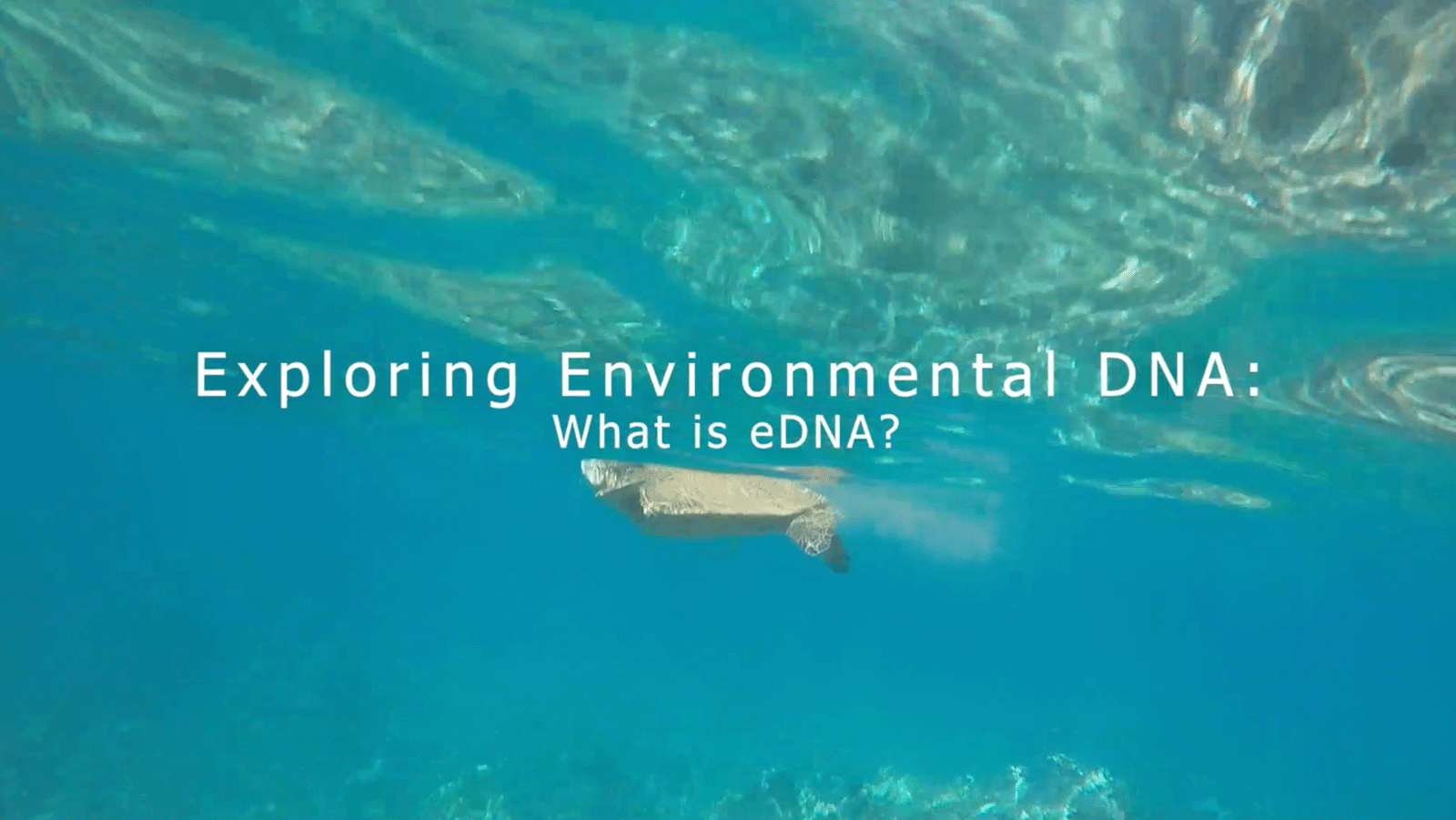Have you ever wondered what animals might be present in a particular habitat or traveled through a certain area of the ocean? Scientists are able to use environmental DNA or “eDNA” sampling to help answer those questions. NOAA’s Atlantic Oceanographic and Meteorological Laboratory (AOML) has recently released a new educational video series, “Exploring Environmental DNA”, on their website and YouTube channel.
Environmental DNA or “eDNA” is DNA that has been shed by an animal into its environment. Environmental DNA can be filtered from a sample of salt water from the ocean, providing scientists with information that can be used to help monitor the biodiversity or different kinds of life within an ecosystem. This research is valuable for the management of endangered species, invasive species, and overall ecosystem health.
Learn about environmental DNA through the “Exploring Environmental DNA” video series that covers what “eDNA” is, environmental DNA sampling technology developed at NOAA AOML, and a hands-on activity for DNA extraction.
This video series was developed by Megan Deehan, a graduate student at the University of Miami’s Rosenstiel School of Marine and Atmospheric Science, as part of her Communication’s Internship at NOAA AOML. This work was done in collaboration with scientists at NOAA AOML and the Cooperative Institute for Marine and Atmospheric Studies (CIMAS) at the University of Miami.
